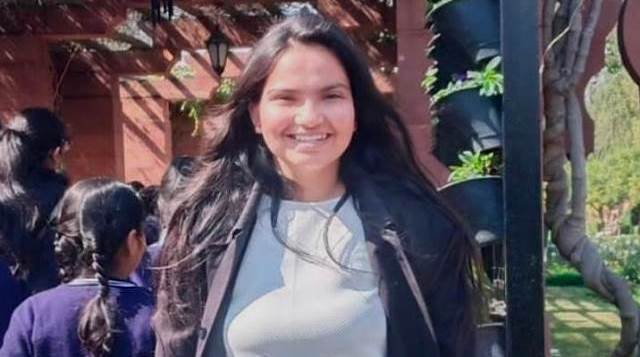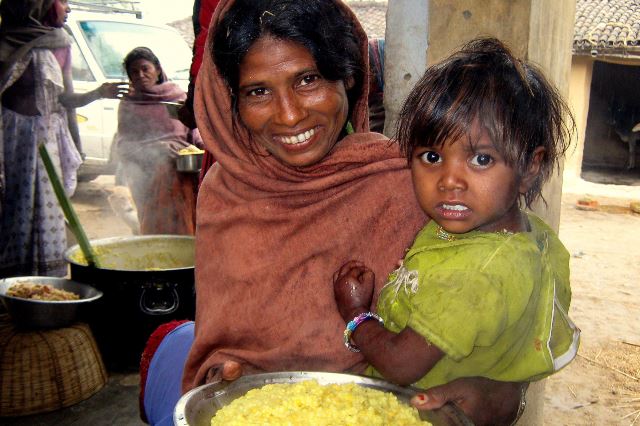Kashish, an aspiring journalist, says Ram Temple or new grand structures will not generate employment for the teeming jobless millions. Her views:
No matter how much our current government is speaking about its glorious work – that it has increased the respect and dignity of India abroad – only ‘us’ know the real condition of our country. In this ‘us’, I am including the people who are hustling for a good job, a good income and a good life. This includes the vast majority of the poor. Yes, I am talking about the youth who are unemployed, even after acquiring the best of educational qualification.
In a recent study, it is revealed that many highly qualified people are filling forms for government jobs like peons, helpers, cleaners, and other low-level posts. This tells us the state of mass unemployment in contemporary India.
Rising joblessness and inflation are the reasons behind this terrible state of affairs. And the main point of concern is that the Indian government is refusing to do anything!
People in India are stuck between the private and government sectors. In the private sector, there are long working hours, less payouts terrible working conditions, and no job-security. Government jobs are like lucky draw coupons – there are too many aspirants and very few jobs!
ALSO READ: ‘Govt Focus is on Bullet Trains, Not Passenger Safety’
Hence, there is huge competition in the face of low vacancies. Youngsters like me are afraid and depressed due to this rise and rise of unemployment stalking the nation.
Inflation is on the rise making the survival of the middle class and poor difficult. The saddest part is that our government never wants to talk about unemployment, inflation and other crucial issues; its favourite subject seems to be solely religion, and nothing else.
Tell me, where are the ‘acche din’ as promised by the prime minister of India?

Take the NEET paper leak case. The exam involved the emotions and mental health of thousands of students. The sleepless nights and early mornings, bereft of all joys of ordinary life and youth, merely to prepare for an exam on which their future depended. Most of these students come from humble backgrounds; some of them from below the poverty line. For them, it becomes well-nigh impossible to prepare again and again for the same exam, because they have to look for work to sustain their families.
One of my friends secured 670 marks in the exam. He is now in serious depression, because he will not get admission into a ‘dream college’. Who will help him now? When doctors or other professionals make a serious mistake, they are fired! Why should the officers of NTA be not held accountable?
As a journalism student, I can only hope for an honest investigation. The multi-million Ram temple at Ayodha, massive statues and cricket stadiums costing millions, don’t mean anything to us, or, the poor. As young citizens, we do not aspire for these things. We yearn for a peaceful, harmonious and developed society, with no income gap between the rich and poor; a society which supports the poorest of the poor.
Tragically, this seems much too difficult in the Modi era!
The PM’s sole purpose in life seems to promote Hindutva – is he not the prime minister of a secular and pluralist country? Is religion not a private affair? Is it not his duty to treat every religion equally?
He is only promoting temples, statues, stadiums and a new Parliament. How does this help the young? We need a development model which serves the poor and ordinary folks. Tell me, will the Ram Mandir provide jobs and security to the millions? The answer is: No!
(The narrator is studying print, digital and television media at the Jagran Institute of Management and Mass Communication (JIMMC), Noida)


